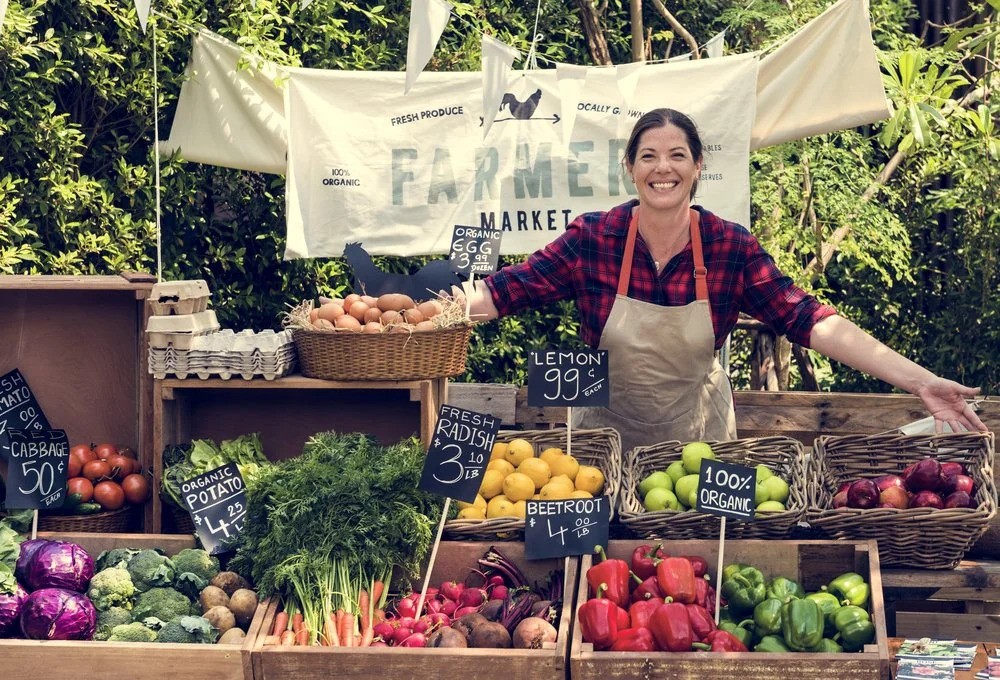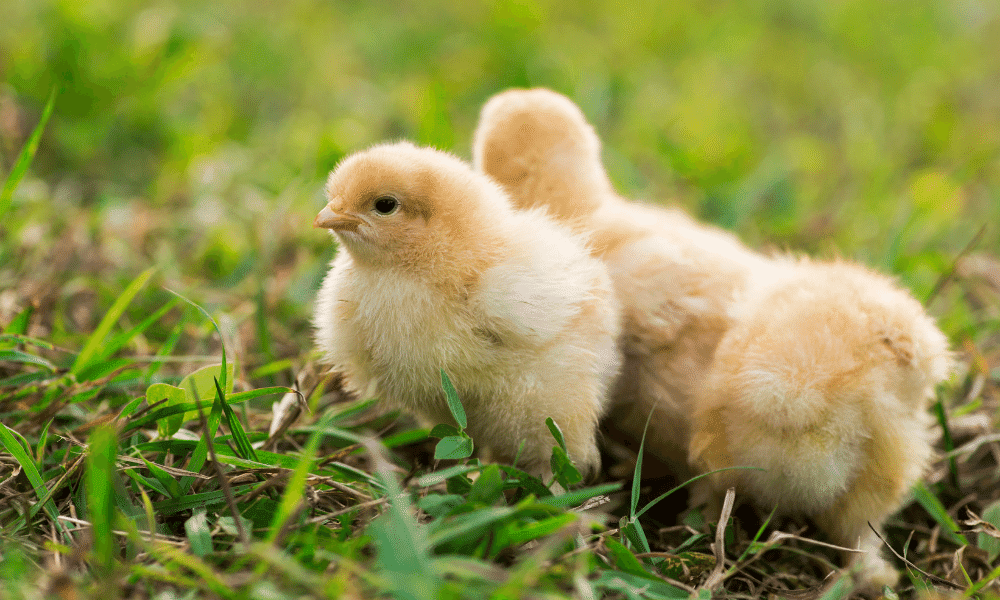Lavish Lavenders: A Guide to the Most Popular Lavender Chicken Breeds
Envision your flock dotted with shades of soft, pastel lavender—a soothing and stunning palette in the world of poultry. Lavender-colored chickens, with their unique plumage, are becoming a coveted choice for both their beauty and rarity. This guide will explore the world of these violet-tinted birds and how they’ve become the crown jewels of the coop.
What Makes a Lavender Chicken?
Lavender Poultry Genetics Simplified
The lavender or “self-blue” hue in chickens is the result of a genetic quirk that dilutes black pigmentation. Unlike the unpredictable patterns of other blue or splash chickens, lavender coloring is typically uniform across the bird's plumage. This is due to a recessive gene, meaning that both parents must carry the gene for their offspring to exhibit the color. Through careful breeding, this unique trait can be cultivated and passed down, giving us entire breeds that consistently exhibit this mesmerizing color.
Popular Lavender Chicken Breeds
Lavender Orpington Chickens
The Lavender Orpington chicken, a British breed known for its heavy, broad body and fluffed-out feathers, is the epitome of barnyard elegance. Initially bred for both meat and eggs, these birds are now often kept for their aesthetic and docile nature. The Lavender Orpingtons history is as rich as its appearance, stemming from cross-breeding black Orpingtons with ducks and other chicken breeds to achieve its signature lavender plumage.
Lavender Orpington chicks are charming little fluff balls that grow into large, calm adults, making them perfect for families and show alike. Their early feathering and rapid growth rate are characteristics that endear them to many poultry enthusiasts. Lavender Orpington eggs are tinted with a touch of pink or light brown, and hens are known to be broody, often becoming excellent mothers to their chicks.
Top Bantam Chicken Breeds
When searching for "chickens for sale near me," you're likely to encounter a wide variety of bantam chicken breeds. Here are some favorites among small farm enthusiasts:
Marketplace
You might also be interested in...

Shop for chickens, livestock or other farm goods

About Farm Expo Events

Sell Your Chicks and Eggs
Lavender Ameraucana
A relatively newer breed, the Lavender Ameraucana chicken is distinguished by its slate blue eggs, muffs, and beard. A product of American innovation, these birds have captured hearts with their friendly disposition and the surprise of colored eggs they bring to the nesting box.
Lavender Ameraucana chicks, with their adorable tufted cheeks and chipper personality, grow into strikingly beautiful birds. These chicks, being hardy and active, are a joy to raise and become well-feathered adults that are both resilient and prolific layers.
Lavender Wyandottes
The Lavender Wyandotte, an American breed recognized for its round, curvy shape and laced feathers, exhibits an undeniable grace. Originating from the late 19th century, Wyandottes are cherished not only for their unique coloring but also for their hardiness and dual-purpose utility.
The lavender Wyandotte chicken is a testament to the breed’s heritage, embodying the Wyandotte's reputation for dependability and resilience with the added bonus of their stunning lavender feathering that shines in the sunlight.
Lavender Marans
Marans, specifically known for laying rich, chocolate-brown eggs, come in a lavender variety that adds a visually stunning twist to their already impressive attributes. Though newer on the scene, Lavender Marans are fast becoming a favorite for their egg color and friendly nature. These birds are often sought after by breeders and hobbyists who wish to add a splash of color to their egg baskets while maintaining the excellent quality Marans are known for.
Lavender Silkies
A well-loved lavender chicken breed: the Lavender Silkie. While not recognized as a standard Silkie color, Lavender Silkies are an adorable addition to any lavender lover’s poultry parade. Known for their fluffy plumage that feels more like silk than feathers, these bantams are the perfect pet chicken with an added pop of color. Despite their delicate appearance, Silkies are surprisingly robust and can be quite inquisitive, making them a delightful presence in the garden or backyard.
Related read: Blue Silkie Chicken: Breed Overview
Lavender Easter Eggers
The Lavender Easter Egger chicken isn’t a breed per se but rather a type of chicken known to carry genes for blue or green eggs. These birds, often with a mix of genes from Ameraucanas or Araucanas, offer a basket of egg colors and a beautiful lavender feathering that makes them a backyard favorite. These hardy and versatile chickens adapt well to various environments, and their friendly, docile nature makes them an excellent choice for chicken keepers of all experience levels.
Lavender Cochins
The Lavender Cochin chicken, a breed renowned for its exceptional size and gentle nature, adds a touch of antique charm to any flock. With their dense, soft plumage and feathered legs, these birds appear as though they're dressed for a Victorian ball every day. The origins of the Lavender Cochin can be traced back to China, where they were once prized for their size and the amount of meat they produced. Today, they are more commonly kept for their ornamental value and their calm, broody tendencies.
Lavender Cochin chicks are notably fluffy, making them irresistible to many chicken enthusiasts. As they grow, they become large, affable birds, often described as the 'teddy bears' of the chicken world. Their eggs are brown and average in size, and while they are not prolific layers, their tendency to go broody makes them excellent mothers and incubators for eggs from other breeds.
Lavender Chickens FAQ
-
Depending on the breed, lavender chickens can lay a variety of egg colors. For example, Lavender Ameraucanas lay blue eggs, while Lavender Marans can lay chocolate-brown eggs.
-
Lavender chickens do not typically require more care than other breeds. However, as with any poultry, proper housing, nutrition, and health care are essential.
Related read: Chicken Feeding Stations: Essential Considerations for Setup
-
It’s important to buy from reputable breeders who can confirm that their birds carry the lavender gene. Since it’s recessive, both parents must have the gene to produce lavender offspring consistently.
Visit Roobeez online farmer's market to discover local poultry breeders.
-
The exact origin of the lavender gene in chickens is not well-documented, but among the most recognized early breeds with this coloring is the Lavender Orpington, which was developed in the early 20th century.
-
Lavender Orpington chicks are born with a soft, smoky gray color that develops into the more definitive lavender shade as they grow and feather out.
-
Lavender Silkies generally lay eggs that are cream to light brown in color, although the egg color can vary slightly depending on the individual bird.
-
Yes, many lavender chicken breeds are recognized by poultry associations and can be shown in competitions, but it's important to check with the specific competition's standards as some colors or breeds may not be recognized.
-
Yes, the lavender color is hereditary and is caused by a recessive gene. To breed lavender chickens, both parents must possess the gene.
-
You can crossbreed lavender chickens with others, but the resulting offspring will not necessarily be lavender unless the other chicken also carries the lavender gene.
Lavender Chickens for Sale
If you're seeking quality Lavender chickens, look no further than Roobeez online farmer's market and poultry directory. Roobeez is a unique online platform tailored for poultry enthusiasts like you. Browse for Lavender chicks, pullets, laying lavender hens, and more. Membership is free and offers unlimited access to the marketplace, informative guides, a supportive community, and additional benefits.
You might also be interested in…

















Discover farmers markets near you with Roobeez! Explore local events, find seasonal and weekly markets, and shop fresh produce and handmade goods on our marketplace. Contribute to our growing directory by adding your favorite markets and community events. Supporting local has never been easier!